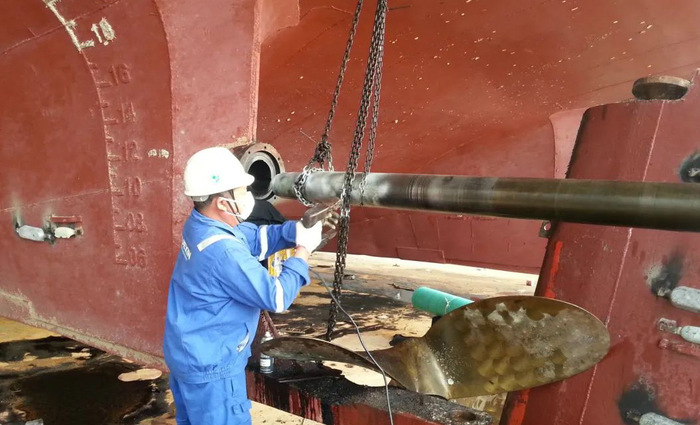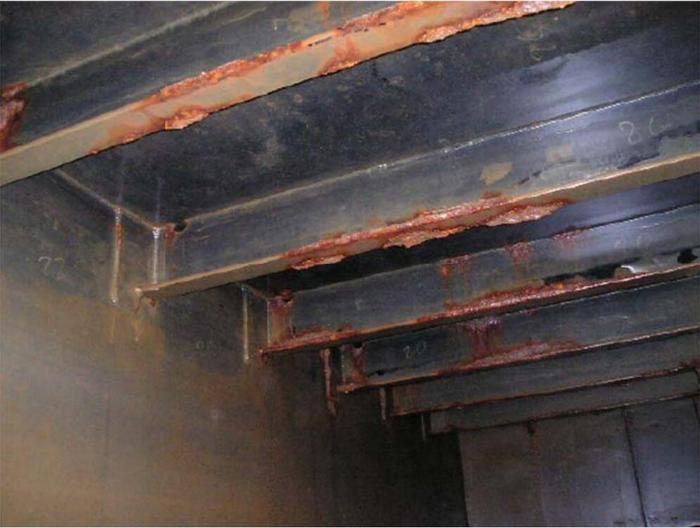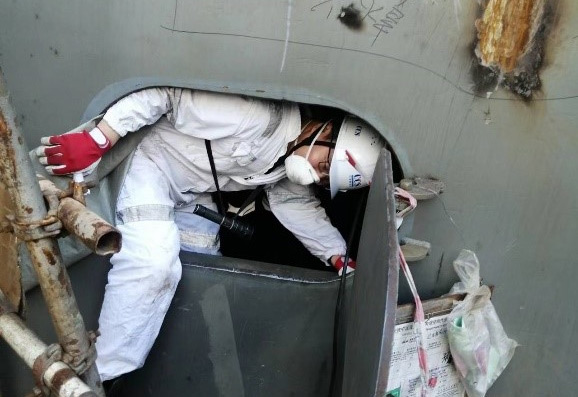
Coatings can be seen everywhere in our production and life. The thickness of the coating greatly affects the function of the coating and is also related to the safety of the ship. Serious and responsible scientific thickness measurement is the protection of life and property. Next, Guoou Instrument will talk to you about the workflow of hull thickness measurement.
Generally, after the thickness measurement company receives the application, it should learn about the relevant requirements of the thickness measurement from the company's on-site surveyor or customer according to the thickness measurement work procedures, and assign Sufficient qualified personnel are responsible for the development and supervision of the entire thickness measurement work. The on-site surveyor is to be responsible for confirming the qualifications of the thickness measurement company and personnel.

If the required thickness measurement is not carried out by the Hull Company’s surveyor, the entire thickness measurement process is to be carried out under the control of the on-site surveyor, and the on-site surveyor is to record the monitoring process in the surveyor’s progress report to ensure that Accuracy of thickness measurement results.
Inspection planning meeting
1. The main relevant persons in charge organize a meeting to discuss and understand the ship plan (route, docking and undocking materials, berthing time period, etc. need to be known);
2. To agree on the scope of this thickness measurement, the determined close-up inspection and thickness measurement scope shall be determined after considering the coating condition and suspicious areas/significantly corroded areas. Areas with uniform corrosion and non-uniform corrosion (such as pitting corrosion) shall be selected. Representative thickness measurement points. , draw the significant corrosion area;
3. Thickness measurement conditions and arrangements;
4. Data preparation (retrieval and storage of drawings related to thickness measurement or past thickness measurement data);
5. Safety standards, which is the measure of allowable corrosion;
6. Contact information between surveyors, shipowner representatives and thickness measurement personnel:
7. Thickness measuring personnel should regularly report the thickness measuring work to the surveyor;
8. The person in charge of thickness measurement or the surveyor should be notified in the following situations:
Excessive corrosion and/or generalized or significant corrosion or severe pitting and grooving corrosion, structural defects (such as buckling, cracking and deformation, etc.), component detachment and/or perforation, weld corrosion.
9. The thickness measuring company shall provide relevant information records of the thickness measuring instrument to be used and the thickness measuring personnel;
10. Surveyor's monitoring of on-site thickness measurement;

Inspection work before thickness measurement:
1. Thickness measurement company certificate and thickness measurement personnel qualification certificate, and confirm their validity;
2. Confirm that the thickness measurement personnel understand the scope of thickness measurement and related requirements, and their skills are satisfactory;
3. Check the type of instrument and confirm that the instrument has been calibrated in accordance with recognized national/international standards and has appropriate labels;
4. Verify whether the accuracy of coating thickness gauges, ultrasonic thickness gauges and other instruments meets the requirements, and whether the instruments need to be recalibrated;
5. Confirm that the thickness measuring personnel use the instrument with pulse-echo technology, and the single-echo instrument can only be used on very smooth and uncoated surfaces.
The surveyor decides the final location and scope of thickness measurement after completing the comprehensive survey of representative spaces on board the ship. If the shipowner wishes to start the thickness measurement before the completion of the general survey, the surveyor is to inform the shipowner clearly, in this case the planned thickness measurement range is to be confirmed during the general survey. Depending on the results of the general survey, the Surveyor may require additional thickness measurements.





